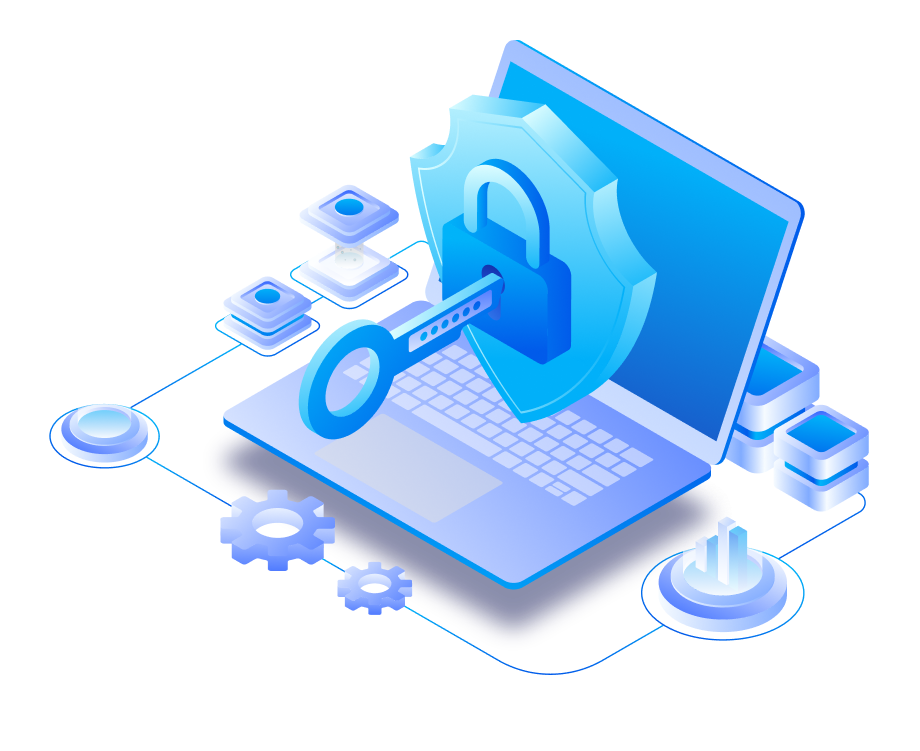Playbook
Playbook
From devising a safe route to escorting your business to the pinnacle, gain a deeper insight into the step-by-step process that will become the harness for your climb to the top.
Planning the expedition
BEFORE ENTERING THE DEVELOPMENTAL PHASE OF AN APPLICATION IT IS ESSENTIAL TO HAVE AN UNDERSTANDING OF WHAT THE APPLICATION LOOKS LIKE THROUGH INTENSIVE PLANNING AND PROTOTYPING.
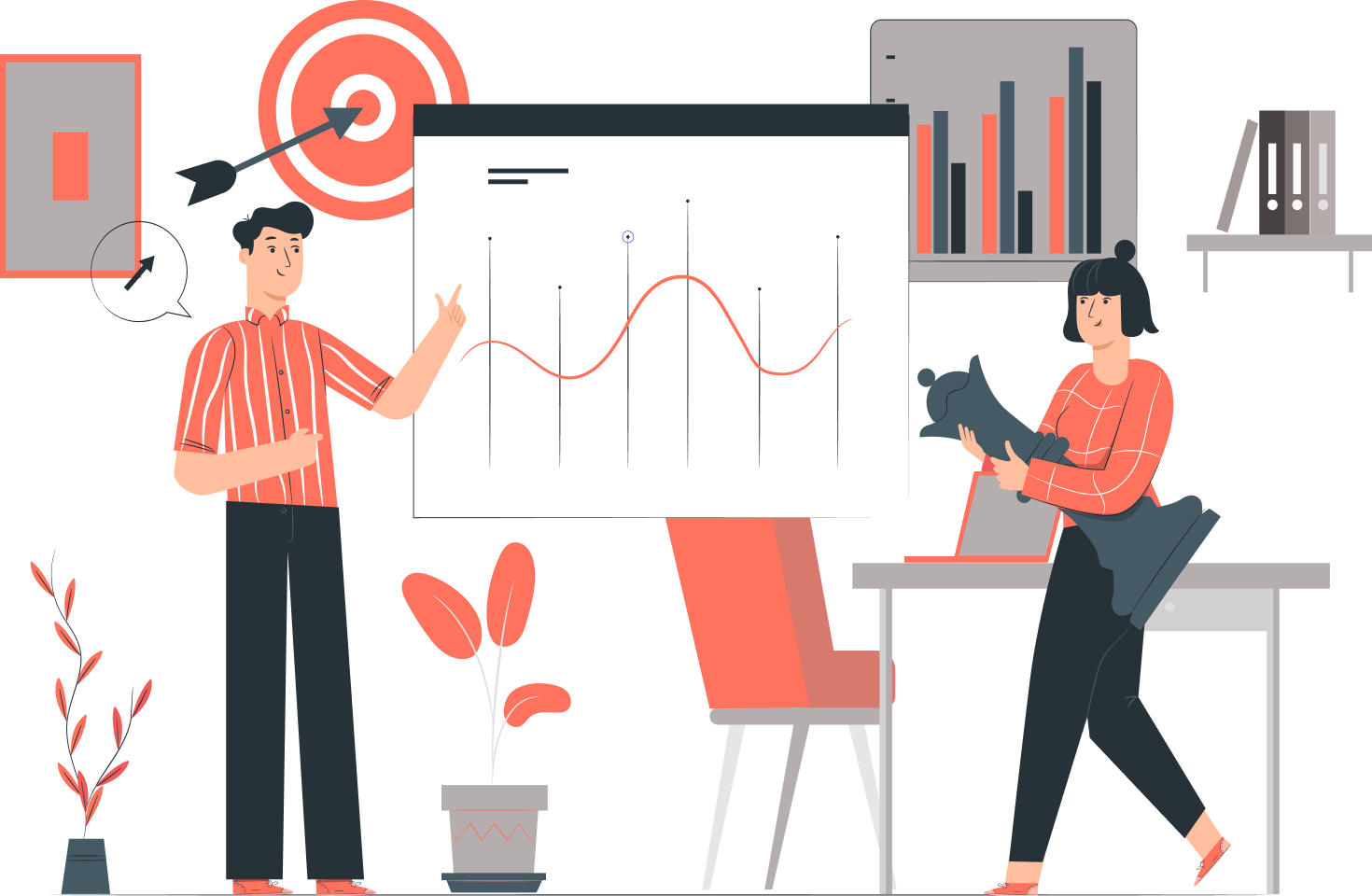
Following is the checklist for the planning phase of our odyssey:
Skull Practice
To initiate the project, a meeting will be conducted involving all the stakeholders including our team of ‘sherpas.’ We understand that all our clients would be at different stages in the development process which is why this meeting will evaluate the key aspects of the project and finalise an approach moving forward.

After gaining an insight to your project vision and requirement through the kickoff meeting, we will have everything we need to devise a provisional statement of work. This statement of work will consist of;
- Estimated time of delivery for the project.
- Speculative milestones.
- Ballpark cost for the project.
- Manpower required for the project.
However, this statement of work will be subject to change post-discovery as an in-depth analysis of project parameters is necessary for us to devise an accurate statement of work.
Cartography
After gaining an insight to our clients’ vision regarding their application, we can began the process of ‘discovery.’
Design
To devise the ideal approach with respect to the design of the application, our main goal would be to create user personas. By organizing brainstorming sessions, workshops and stakeholder meetings our team will create strategic user personas to aid in the establishment of a functional prototype.
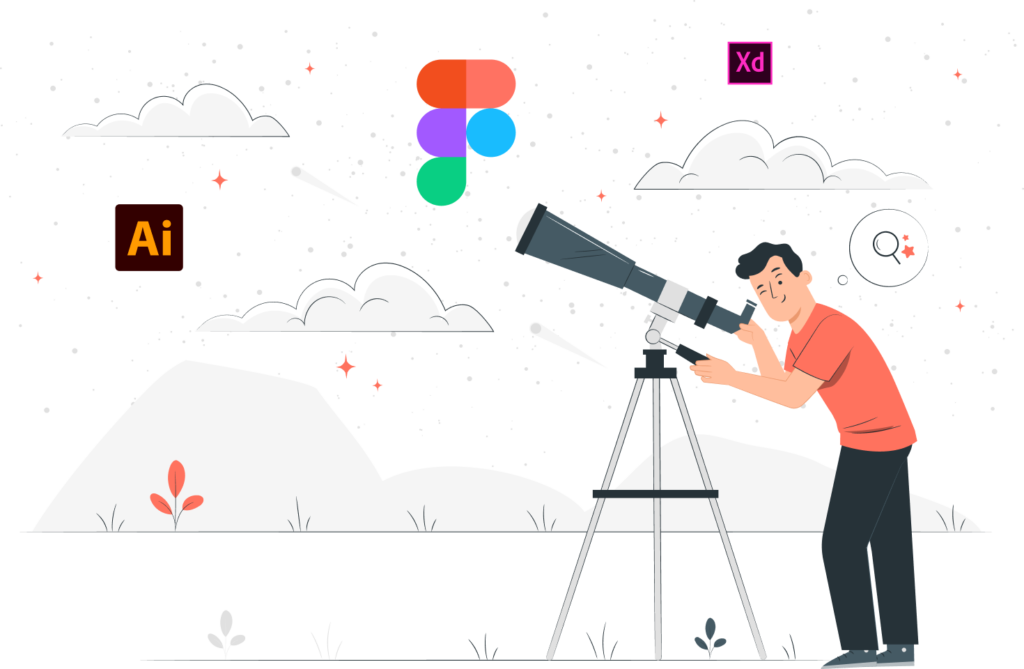
Technical Discovery
For any application, its technical architecture is one of the most essential pillars to its functionality and efficiency. Our multi-faceted technical discovery protocols include; assessing your current software stack and research by carrying out in-depth code reviews and analysis procedures.
Choosing a Route
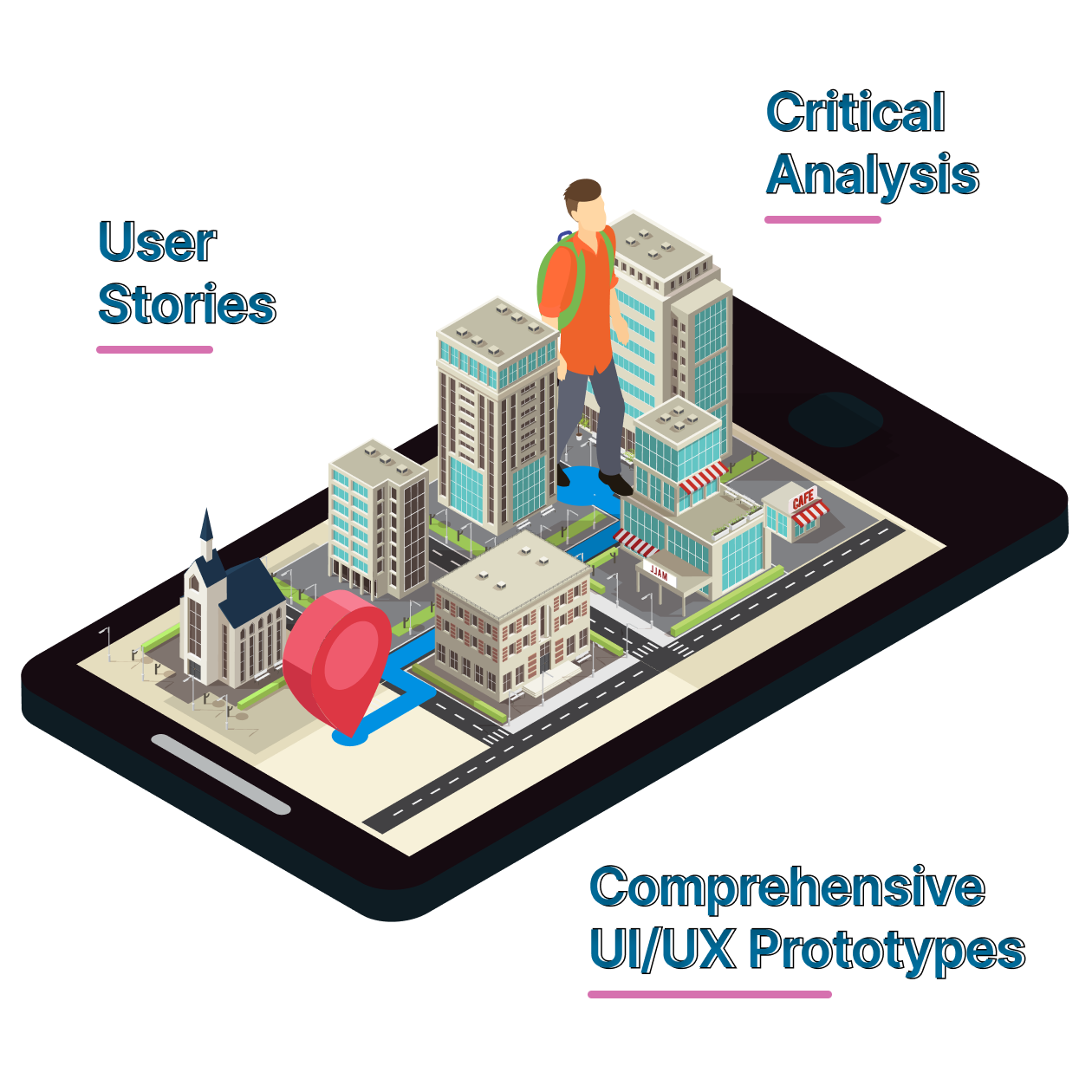
Choosing a Route
The final step in planning your journey is to create a prototype or a ‘simulation of your expedition.’ By utilizing the results of our design and technical discovery, our developers will take the first step in creating a functional prototype of the application. By finalizing a UI/UX approach for your application we can dive into the development process.
Deliverables
- Critical Analysis of Project Parameters
- Epics and User Stories
- Laying the foundation for a comprehensive UI/UX prototype.
Simulating the Journey
Once we have laid the foundation for the prototype, our UI/UX developers will focus on a human-centered approach to design and deliver a product that offers an enhanced user experience.
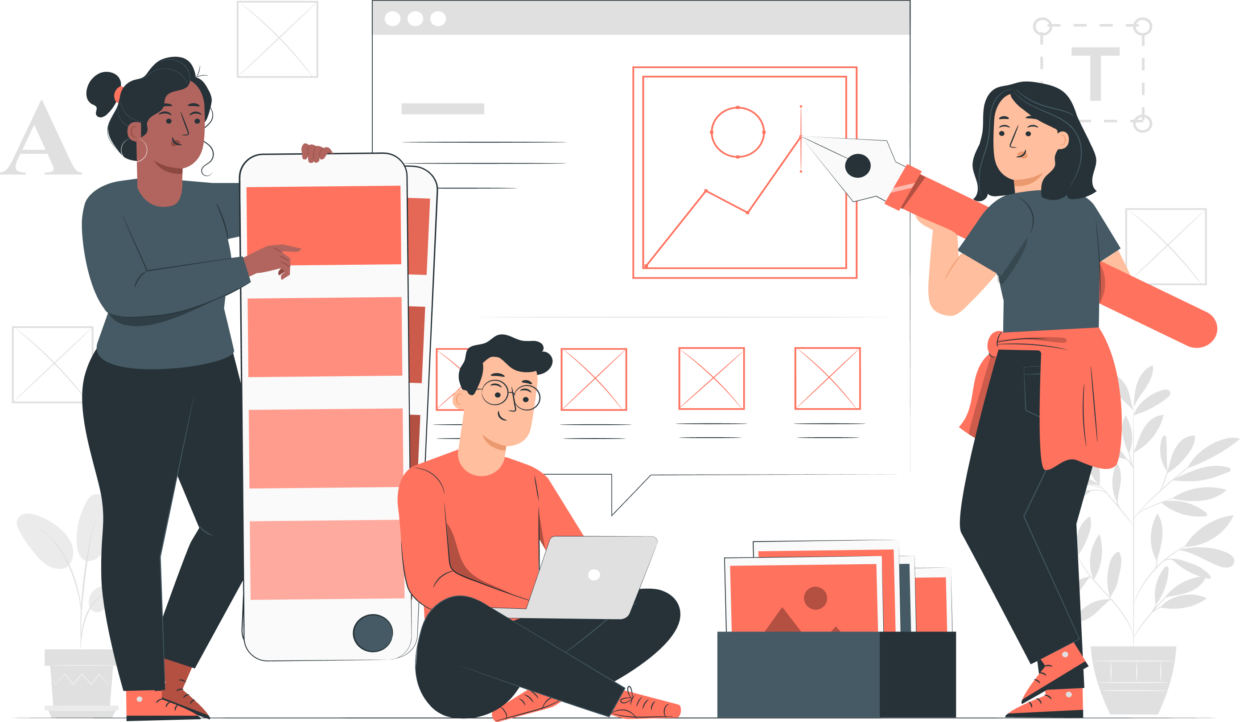
UX Design
Our main goal when it comes to UX design is to ensure satisfactory user experience and the creation of an application which is intuitive to use yet stands out amongst the competition with respect to functionality.
Feature Map
The first step in UX designing is the creation of a feature map which acts as a chart highlighting how the key features of the application will interact with each other. This map that connects all the routes that your journey will take is consistently updated throughout the duration of the project.
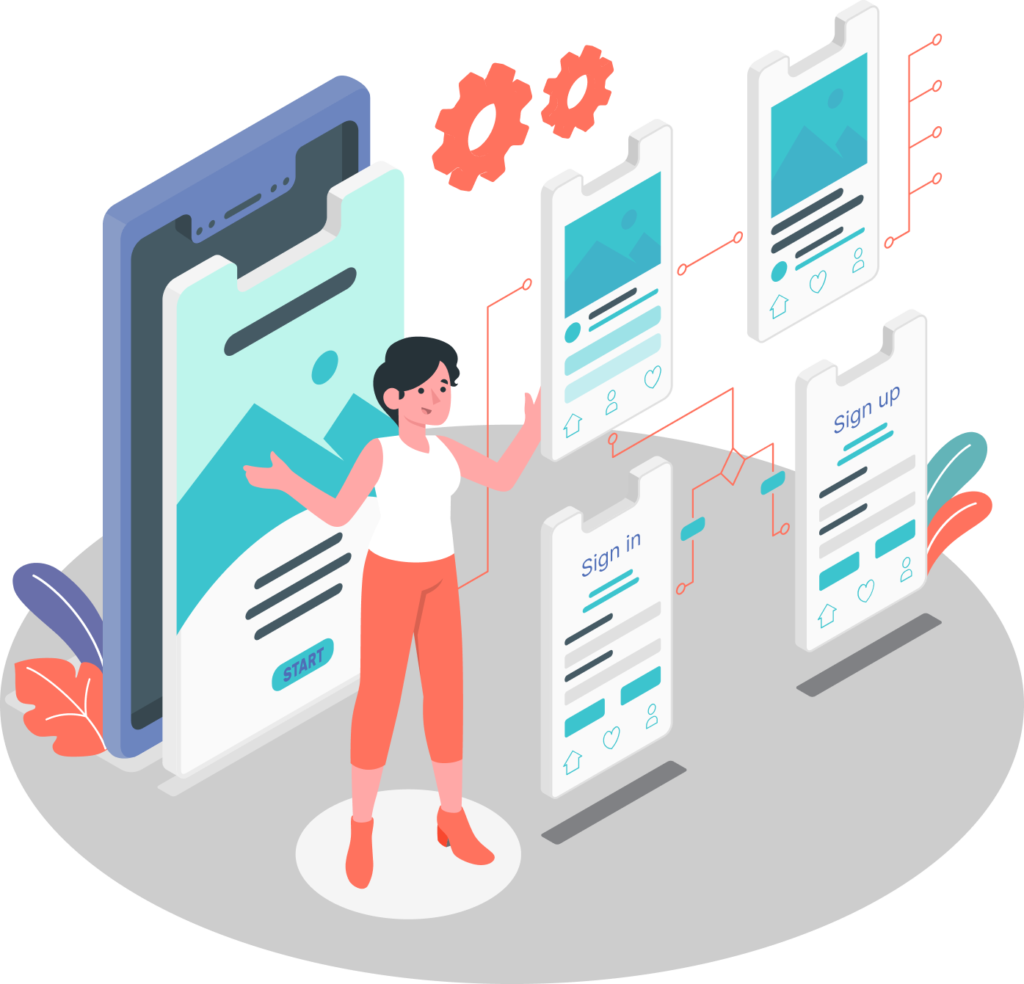
User Flow
When designing a user flow our focus is on understanding the needs and motivations of the users. Drafting user flows allow the developers, clients and designers to better understand how various features of the application will function and whether ot not they are in line with user expectations and satisfaction.
Wireframing
Next, we will prepare extensive wireframes to create a composite layout of the screen without the inculcation of text and stylistic additions/imagery. Acting as the foundation for the final design, wireframes allow us to build a solid grey structure for the application that holds it together for the duration of the development process.
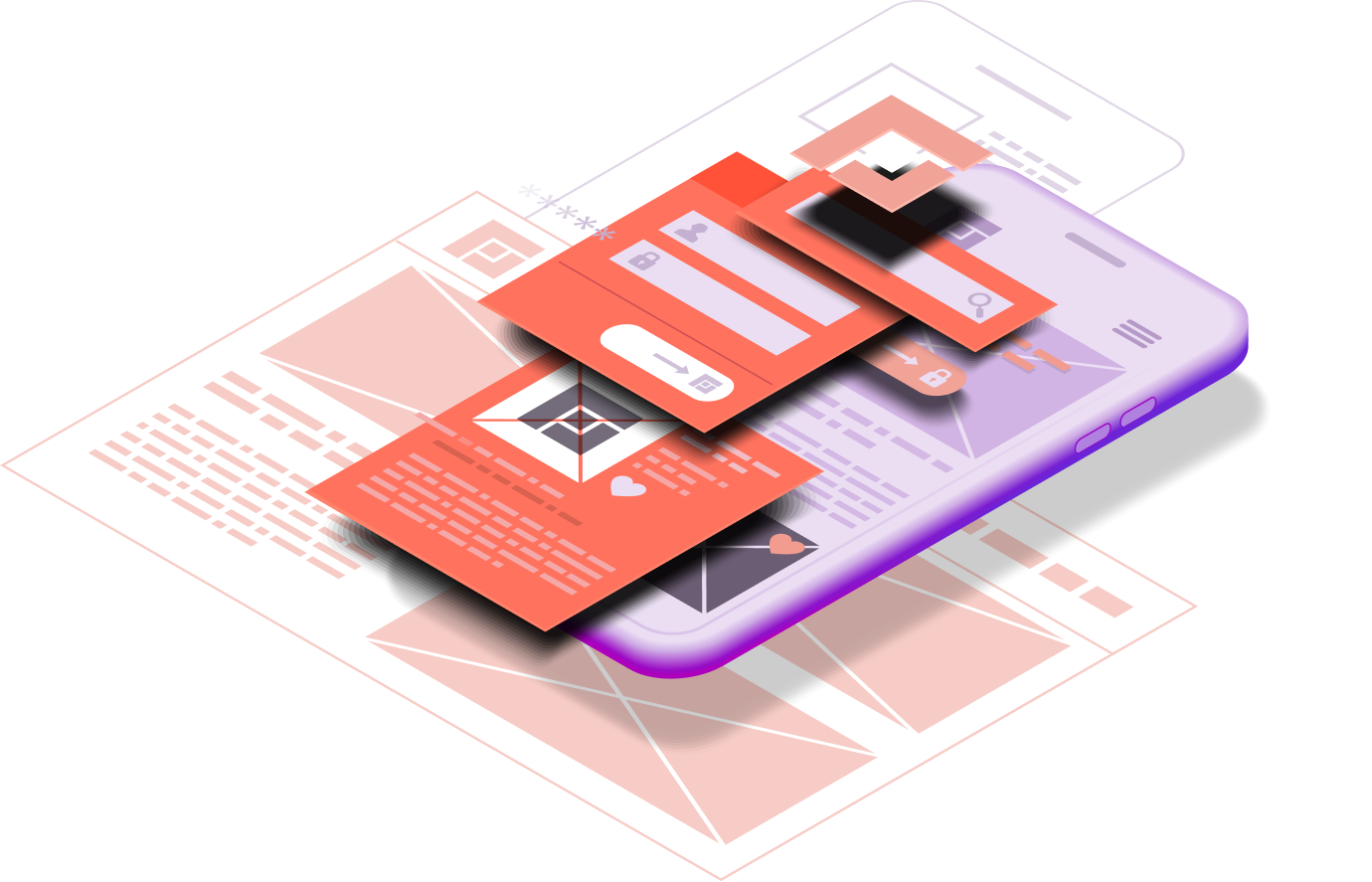
UI Design
After establishing and enhancing the functional features of the application, we move to strengthening its visual and stylistic attributes. Attention to detail is key when it comes to augmenting the aesthetic variables of an application which is why our UI design process includes the following steps;
Style Concept and Guide
When devising style concepts we consider each and every aspect of the branding guidelines that your product follows. From the underlying meaning behind the brand name to the color scheme of the logo, all factors are mixed with are designing expertise to produce some of the most unique and visually appealing style concepts.
Once a concept has been decided upon, we move towards producing a style guide which incorporates all aspects of the stylistic image the application puts out ranging from header styles and typography to clickable schematics and color schemes. .
From the ‘serif,’ of a font to color palette utilised, every facet of our UI design is tailored to be visually appealing to the user.


High-Fidelity Mockups
By amalgamating the wireframes and the style guide we devise high-fidelity mockups to devise an accurate visual representation of what the application looks like. From additions of photography to icons and insignias these mockups will provide you a complete pictorialization of the application.
Prototype and Project Estimation
After covering all the bases with respect to user experience and user interface, the next step in the prototyping process is to give shape to a fully-functional prototype and estimate the feasibility of the project.
Clickable Prototype
Before the development of the final product is initiated, a functional prototype allows us to use the application and analyse how it functions. By critically evaluating each feature of the application ranging from its design to the user experience it offers
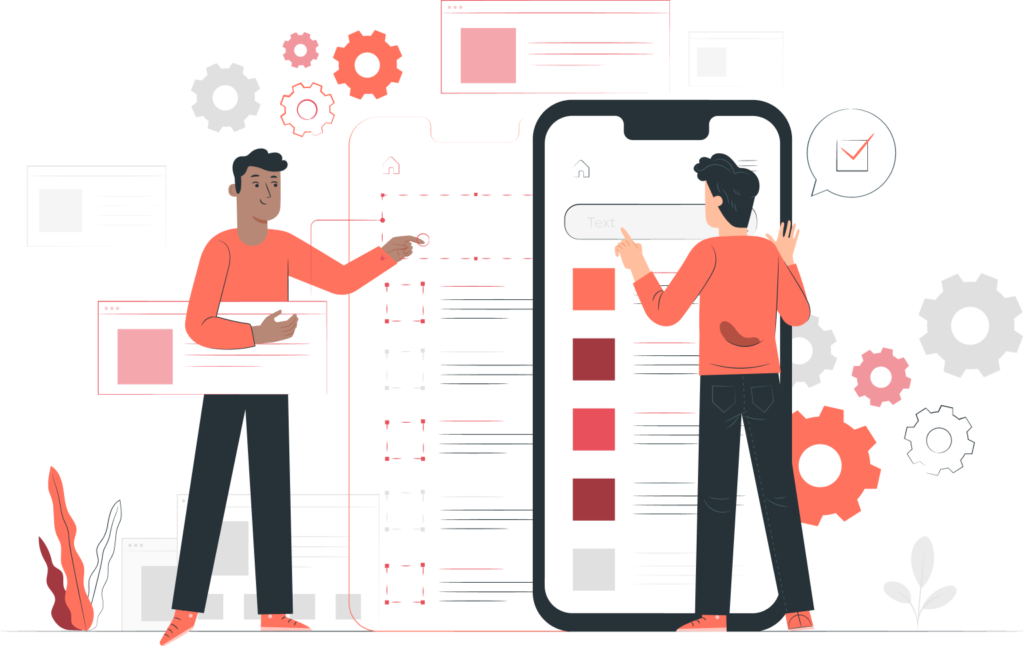
Project Estimate
A systematic design procedure allows us to deduce the number of ours that will go into the development of the final product and the costs associated with it. The creation of a fully functional prototype allows us to devise a release plan, timeline, and roadmap for the product launch and equips our clients to compute the final cost of the product to its functionality.

Development Proposal
Once we have received all the findings from the discovery process we are better equipped to draft a more comprehensive and accurate developmental proposal. Within this proposal you will be given a complete run-down of project requirements, cost and the estimated time of completion.
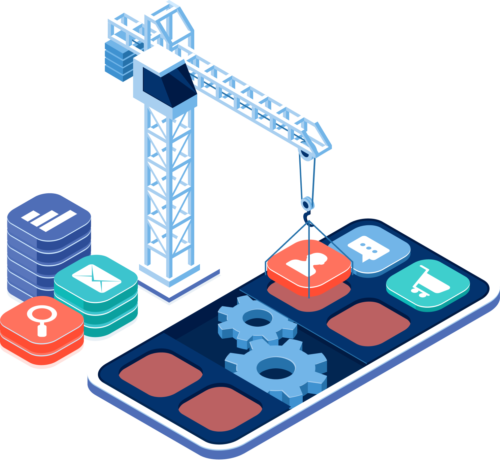
Deliverables
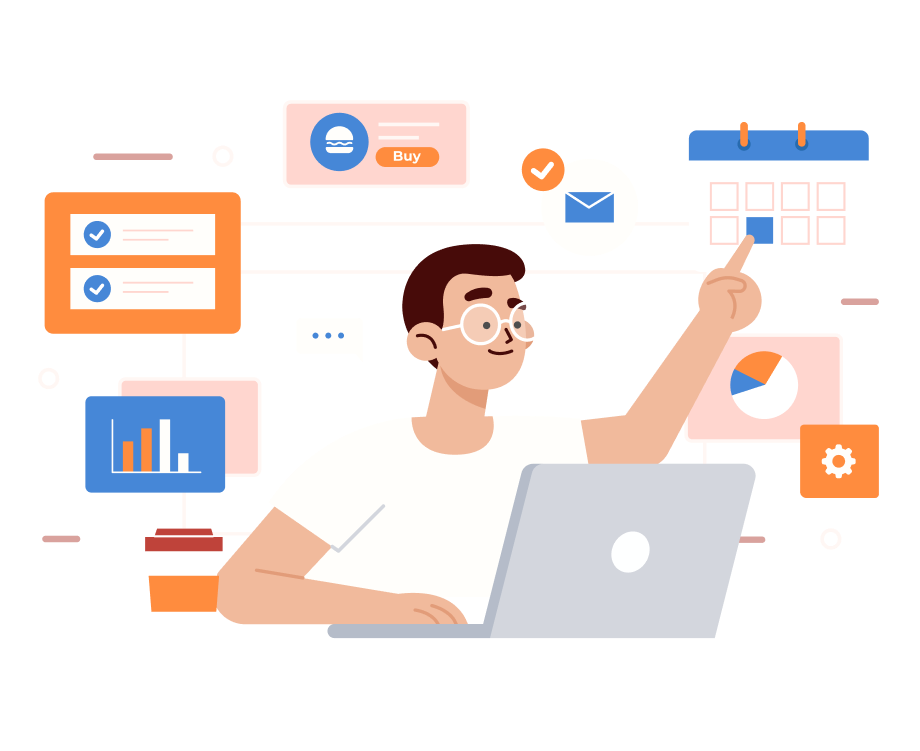
A comprehensive prototype with all UI/UX requirements accounted for.
Evaluating the project estimate and the cost to functionality ratio.
Consultancy regarding the current prototype and the future applications of the released product.
Embarking on The Journey
From an understanding of the different routes and the final destination to the paraphernalia required to reach it, our sherpas have equipped you with all that you need to undertake this expedition. While UI/UX development optimizes user experience and the functionality of an application, frontend and backend web development brings these attributes together to formulate a fully-functional application with all the bells and whistles.
Frontend Development
Frontend development or client-side development optimizes the graphical user interface of an application by utilizing various programming softwares. To ensure an efficient process of development we utilize the following programs
Vue.Js
A progressive framework to build web interfaces and one page applications, Vue.Js. works in synergy with Javascript. Apart from interface development, Vue.Js. is also utilized to develop mobile and web applications as its HTML extensions and Java base works in tandem to an electron framework.
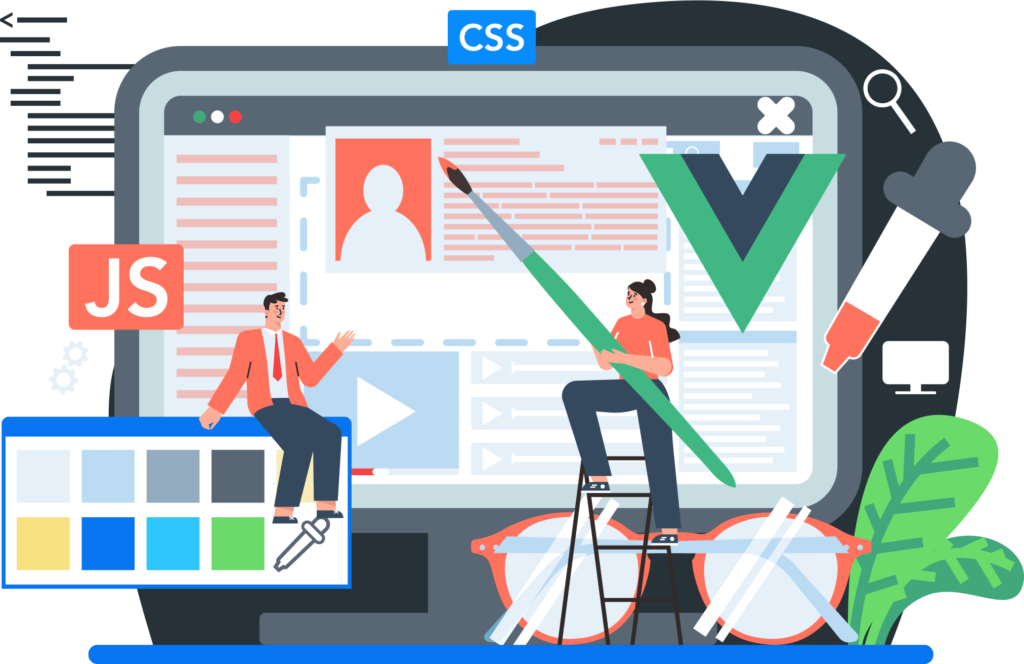
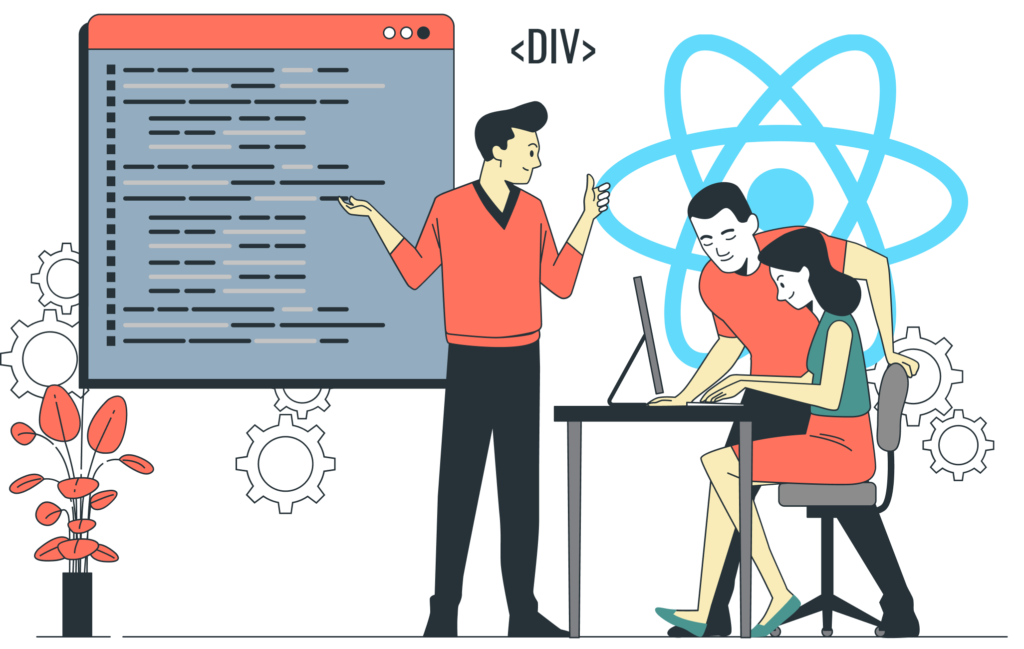
React.Js.
The main purpose of React.Js. is to serve as an open-source Javascript library perfect for building user interfaces and interactive elements on websites and single page applications. Allowing us to handle the view layer for web and mobile application, React.Js. is one of the most effective programs to create reusable UI components.
Angular.Js.
Functioning as a structural framework to develop dynamic web pages, the specialty of Angular.Js. is to utilize HTML as a template language. Angular.Js. allows you to extend you to extend HTML’s syntax to enhance the components of your application. The reason why Angular.Js. is considered one of the most effective programs till date, is its data binding and dependency injection which allows you to eliminate a significant amount of code that otherwise would need to be written.
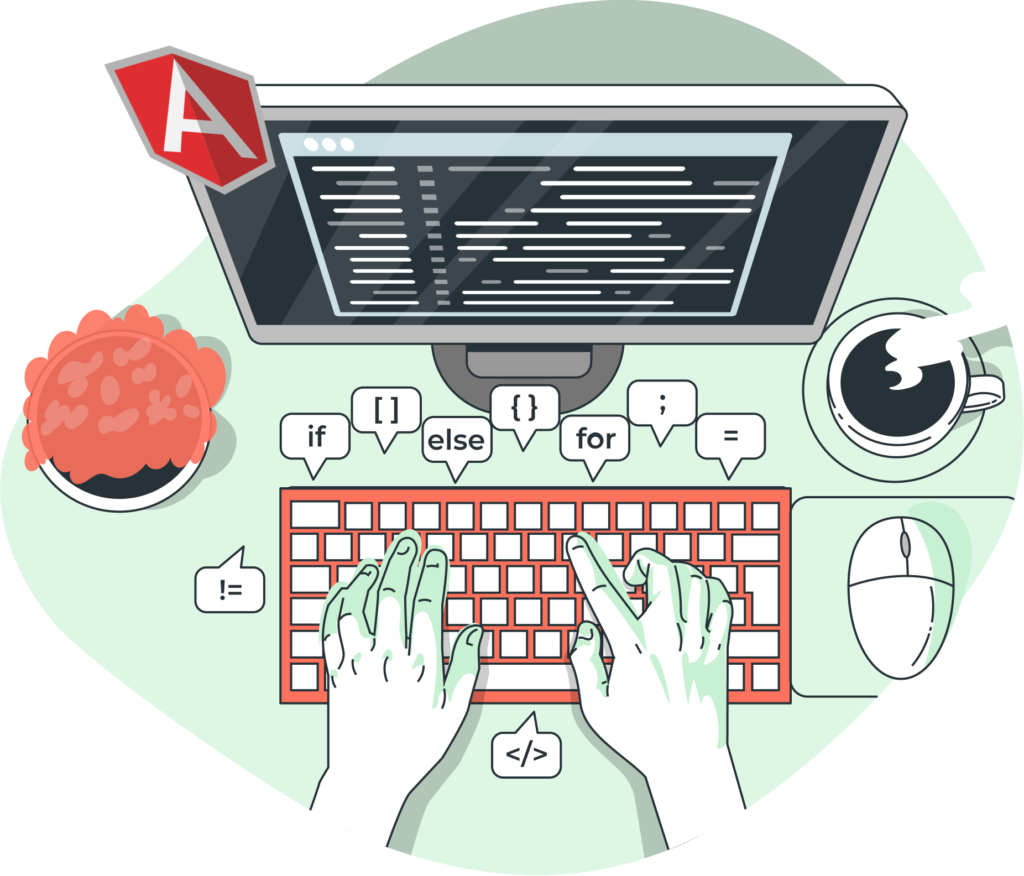
Backend Development
Backend development mainly revolves around building code which allows databases and applications to communicate and interact with one another. In simple terms, backend development refers to the management and enhancement of everything that you do not see in an application such as databases, servers and codes. While our team of developers is skilled in utilizing a variety of different platforms, we specialize in the following
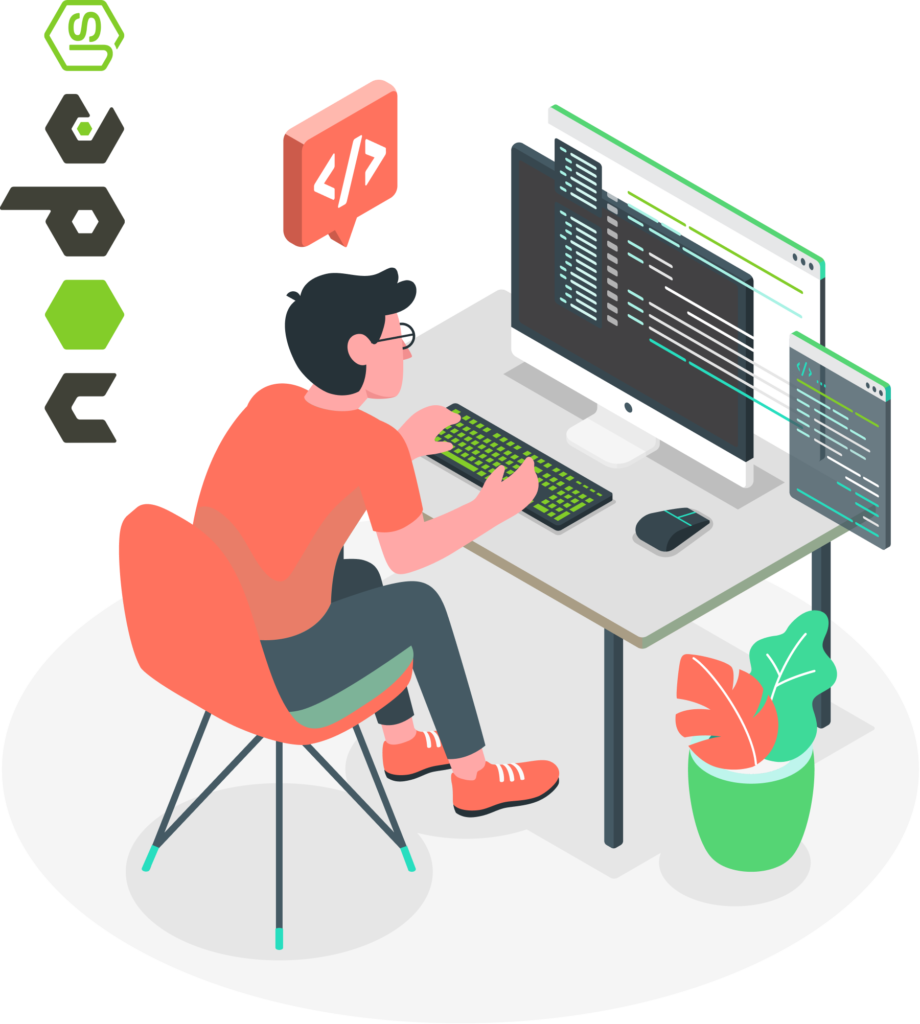
Node.Js.
Node.Js. is an open-source, Javascript, cross-platform runtime environment that is used to execute Javascript code outside of a web browser. Due to its single-threaded nature Node.Js. primarily used for non-blocking and event-driven servers. Perfect for handling simultaneous connections, Node.Js. provides efficient serverless architecture and real-time communication support. While Node.Js. is full stack which means it can be used for frontend and backend, at Spyrespync we have synergised its attributes with our backend development process perfectly.
Python
Similar to Node.Js. Python is also a full stack cross-platform which is perfect to manage and enhance server-side technology. Python executes this process through two of its backend frameworks; Django and Flask which allow it to help in URL routing, web security and HTTP requests and responses. Due to its vast set of libraries pertaining to machine learning, TenserFlow and Keras etc, we consider Python to be a reliable platform for our backend development approach.
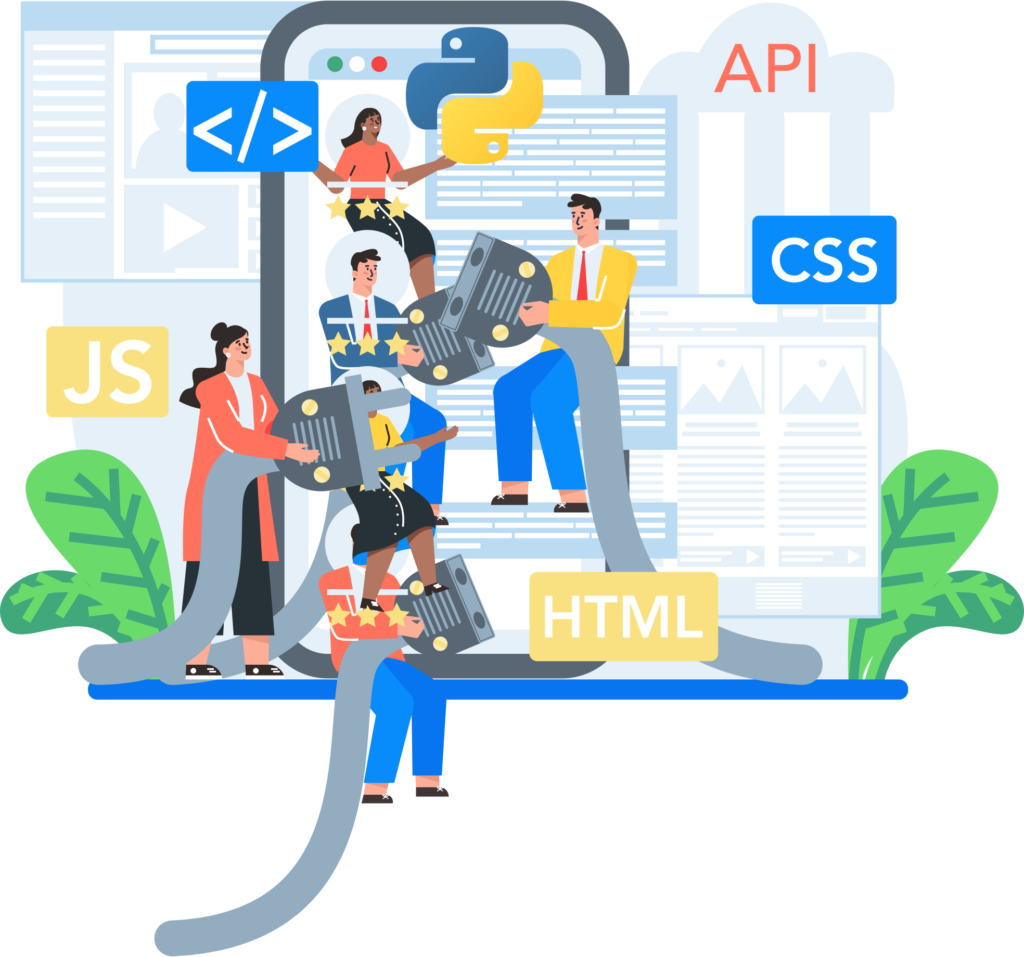
In case of specific client requirements, our expertise and familiarity extends to other platforms for backend development as well such as;
- Go
- Java
- .NET
By utilizing these platforms to their full potential, we are able to build a fully functional product ready to undergo a testing procedure.
Test Cases and Test Planning Strategy
Spyresync believes in walking our customers through the development process which is why our deliver early/test early approach includes offering frequent feedback and demonstrations to our customers.
Naturally, no product would achieve perfection as soon as it is finished, as testing the application for bugs and improvements is an essential process to ensure quality.
Our QA or Quality Assurance team will diligently undertake the following testing protocols to make sure our clients’ are satisfied;
Unit Testing
As the name suggests, unit testing refers to the isolation of each testable part of an application to carry out the testing procedures. Once each part of a program is isolated, it is critically scrutinized and tested in accordance to a written contract that the code must satisfy. Unit testing is one of the most efficient ways of fixing errors early in the development cycle of an application
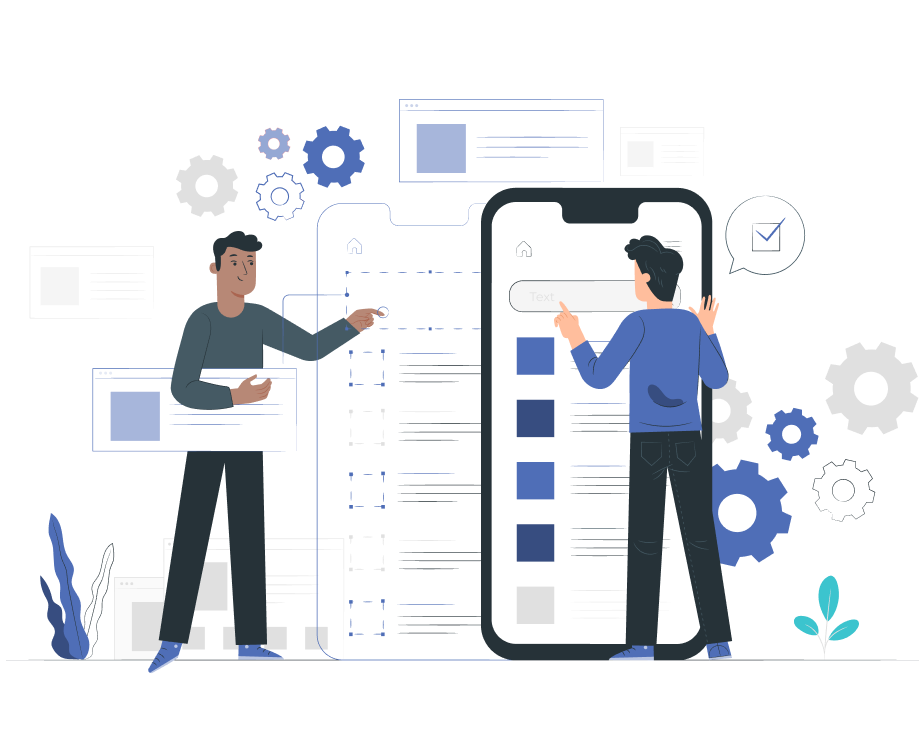
Integration Testing
Contrary to unit testing, integration testing aims to evaluate the balance and synergy between the different software modules. Integration testing involves combining the distinct software modules to test them as a group in order to assess their compliance with specific functional requirements. Through this process Spyresync ensures that all software components are working together just as efficiently as they were functioning in isolation.
As a part of our integration testing we carry out API testing aimed to deduce whether or not the performance interface of the application meets the functionality, reliability and security standards devise in the test planning phase. This is done by utilising the Postman API client which enables us to debug, explore and test the APIs of the application. In coalition to the Postman Tool we utilise Jmeter as well in order to formulate a comprehensive testing procedure for the APIs of the application.
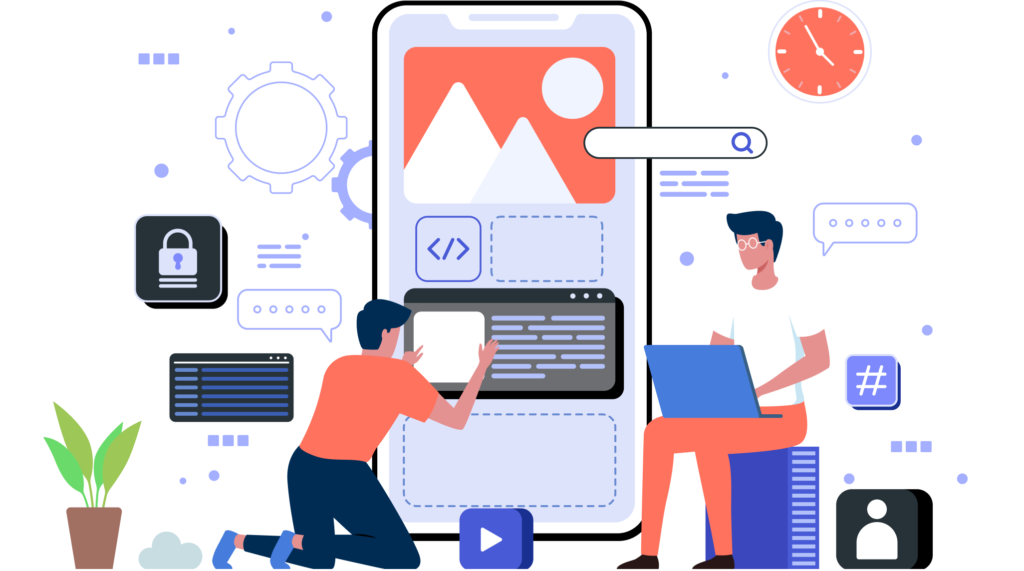
System Testing
System testing refers to a holistic testing mechanism whereby our QA team analyzes how the various components of the application interact together in a fully integrated system. The comprehensive nature of system testing stems from the three following testing protocols;
In order to make sure that any changes in the code or an update to the application does not hamper the previous functional aspects of an application, regression testing is carried out. Through regression testing we make sure that the current coding structure of the application is sustainable.
This type of software testing specifically aims to evaluate the functional efficiency of an application. To carry out this test, we provide the application with an appropriate input and evaluate the consequent output with respect to the functional specifications and requirements.
In order to evaluate the the scalability, speed, responsiveness and efficiency of the application created we carry out stringent performance testing. To carry out base performance testing as well as the secondary level load and stress testing we utilise the Jmeter tool. Being an Java open source tool, Jmeter allows us to analyse and measure the performance of the application with specific targets in consideration.
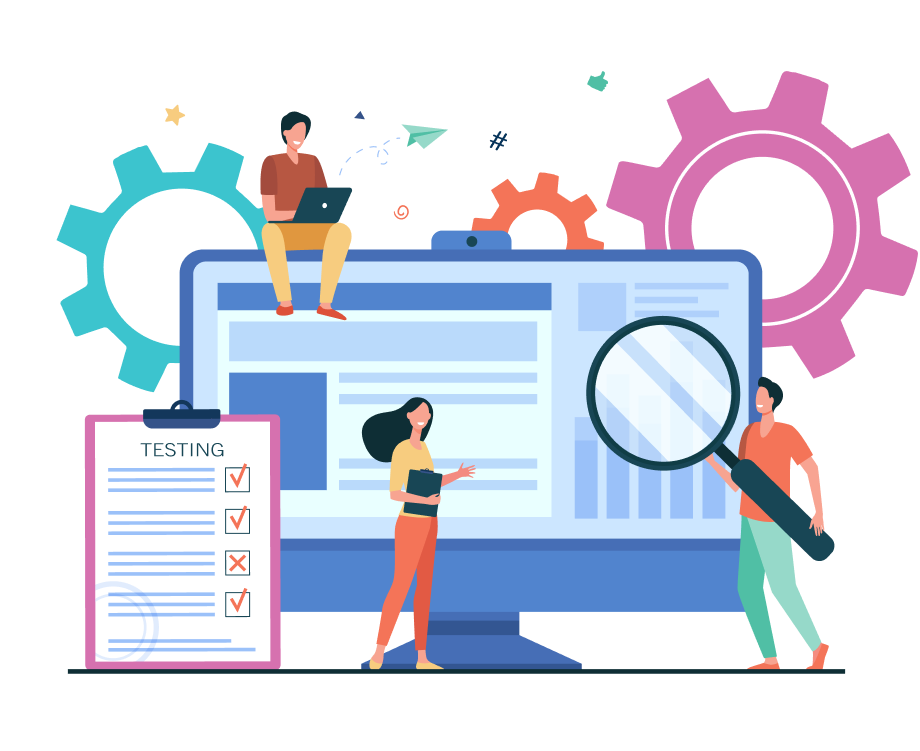
Load Testing
The purpose of load testing for an application is to assess the level of user load an application can manage. It is carried out by modeling the expected usage of the application or software program by simulating multiple users utilizing the program simultaneously. This test in particular is essential for multi-user applications especially client/server models.
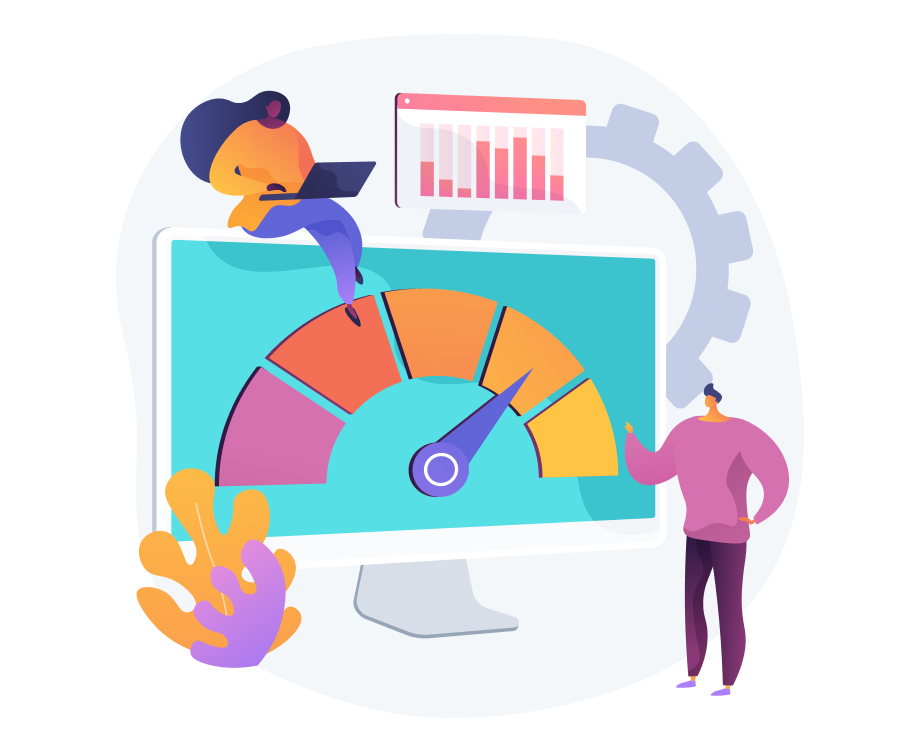
Stress Testing
While load testing evaluates the upper limit of the load an application can manage, stress testing analyses the performance of the application when the load exceeds its limits. To determine the ability of the application to maintain a considerable level of effectiveness even in unfavorable conditions we utilize stress testing mechanisms.
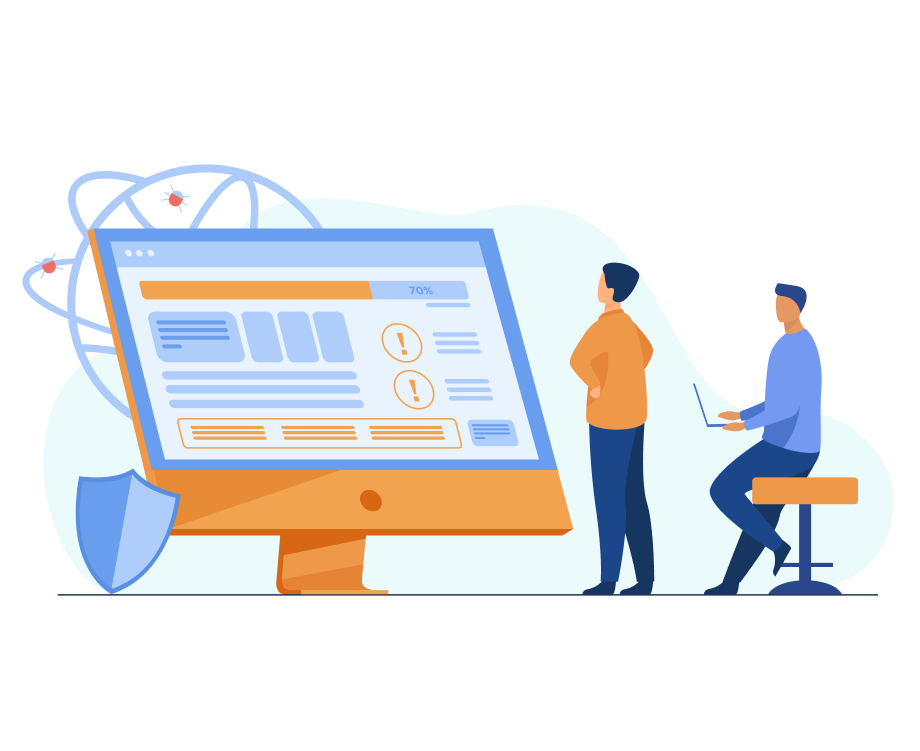
Penetration Testing
Evaluating the cyber security of an application is one of the most important aspects of product testing. Penetration testing or pen testing is utilized to expose the vulnerabilities of an application in order to devise suitable security protocols. We conduct our penetration tests by carrying out a simulated cyber attack on the application in order to uncover exploitable weaknesses.
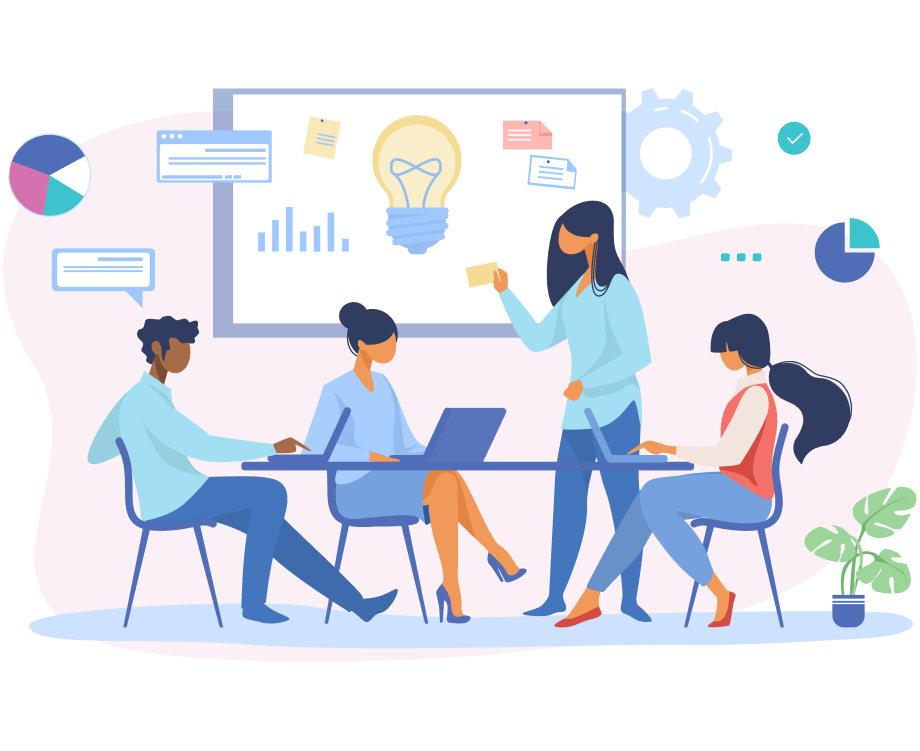
CI/CD
In the world of software development CI/CD refers to continuous integration and continuous delivery which is a process that bridges the gaps between development and operation. Under this process, fundamental code changes in an application are made frequently which makes for an important aspect of test coverage for an application.
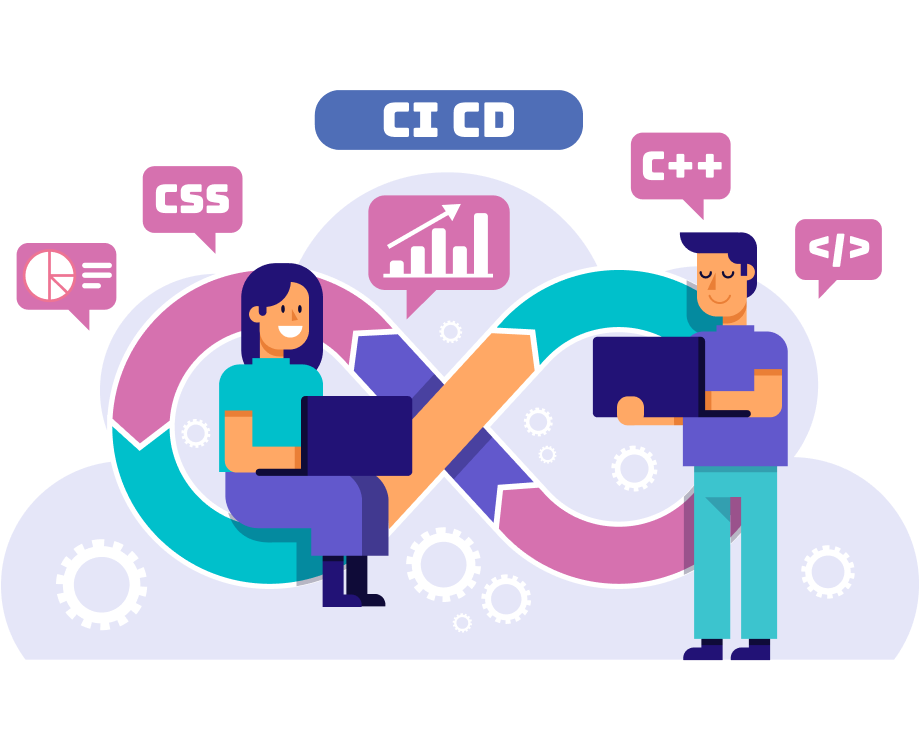
Agile Sprint & User Acceptance Testing
Our User Acceptance Testing or UAT protocols work in collaboration with our agile sprint approach for version releases. Our Agile Sprint Team is assigned workload in association with developing the application in short time-boxed periods.
In the allotted time, our sprint teams produce ‘sprint releases’ which are then utilized to conduct user acceptance tests. User acceptance tests refer to versions of an application created which are then tested by clients and users in order to determine whether or not they are satisfactory. This includes alpha and beta testing, operational testing and regulation testing all of which amalgamate to finalize the launch of the application.
The collaborative approach we have at Spyresync whereby we carry out user acceptance tests after every sprint release allows for a quick and efficient way of testing our client’s satisfaction levels with our work.

Sprint Retrospective
In order to plan our sprints with effective foresightedness our sprint retrospective protocols involve comprehensive evaluations of each sprint by our team right after it is completed. Within these meetings, our team conducts a complete breakdown of each sprint from the time taken to complete it right down to the quality of each component of the sprint release.
The feedback obtained from our sprint retrospective is then utilized as a foundation for future sprints. To consistently improve the results of each sprint, we critically analyse and incorporate the feedback each sprint retrospective provides.
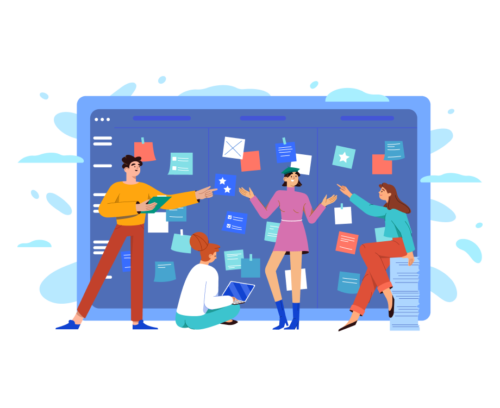
Code Review
Once all components from our QA checklist are ticked, our project manager will conduct a final code evaluation by testing the code and its corresponding features to ensure the quality of the code. We pride ourselves in the ability of our developers to write clean and flawless codes and our code review procedure makes sure that our pride is not damaged.

Launch
When the developmental process reaches its final stage after all developmental and testing protocols are accounted fo we will be ready to launch the application whether it be a beta release or an internal release for further assessment.
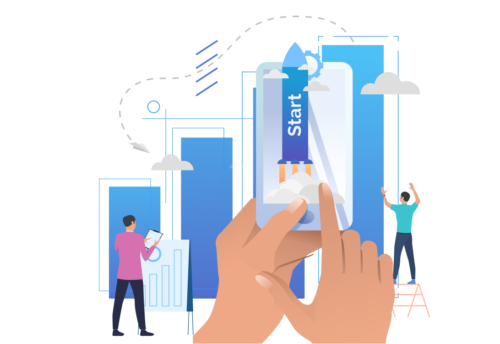
Spyresync’s Daily Regimen
You might be wondering what our ‘sherpas,’ do to ensure the smooth-sailing of our operations.
Following are the tools we use to ensure efficient operations;
Collaboration At Spyresync
Comprehending the vastness of the current digital landscape it is only natural that we have a digital workspace that functions in synergy to our physical one. Using Microsoft Teams for collaboration, not only do we ensure ‘noise-free,’ communication between our team members but we also give you the avenue to connect with each one of the team members working on your project. Whether it be a query, concern or update, communication at Spyresync is on your fingertips.
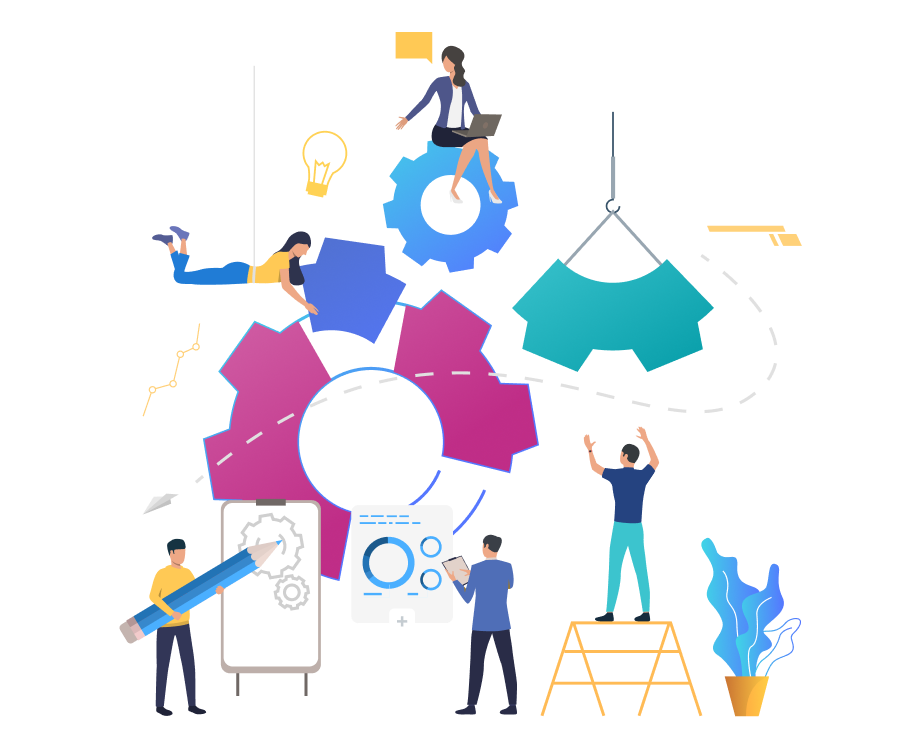
Weekly Ad Hoc Meetings
To further enhance the proficiency of our development process, we conduct weekly ad hoc meetings with our clients and team members to evaluate the current state of the project and the progress towards the milestones set out for it.
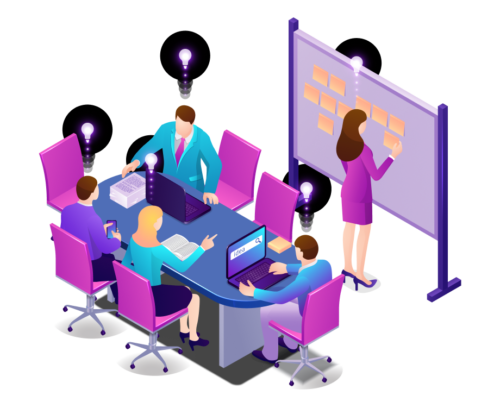
Maintenance
At Spyresync we do not just build applications for you, but we also build a connection with you. After the completion of the development procedure, Spyresync will still be a partner that you can rely on for the maintenance and improvement of the application.
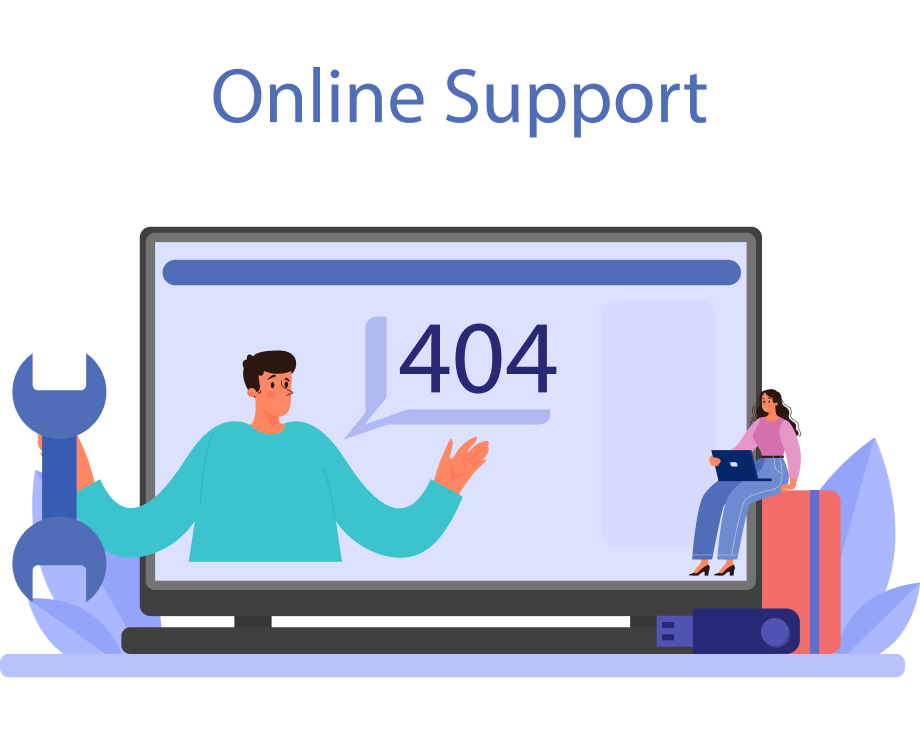
Bug Tracking
To consistently improve the efficiency of the application we utilise Jira to track and fix the bugs that may show up in the application. Through Jira effective workflow engine we are able to capture, prioritize and fix bugs all the while keeping a track of the bugs’ status and notifications.
Frequent Updates
An application can never reach it’s full potential if it is not updated to meet the changing requirements of consumers and to inculcate advancing software development tools. By consistently updating the applications that we create we are able to significantly enhance the users’ experience and take into account their feedback for future improvements.
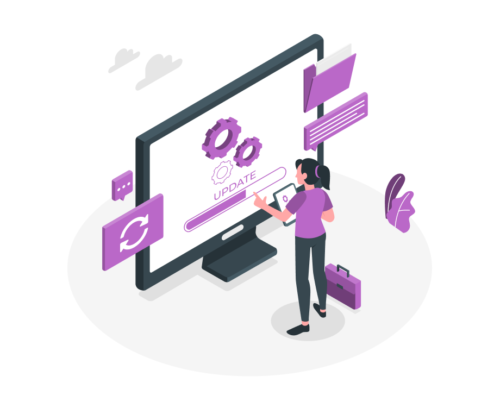
Security Testing
Essential for financial websites and applications we carry out thorough security tests during our maintenance phase utilising the Netsparker tool. This tool is the most effective tool utilised to scan our web applications for Cross-Site Scripting (XSS), SQL Injections and other glaring vulnerabilities which may put the financial attributes of the application at risk.
